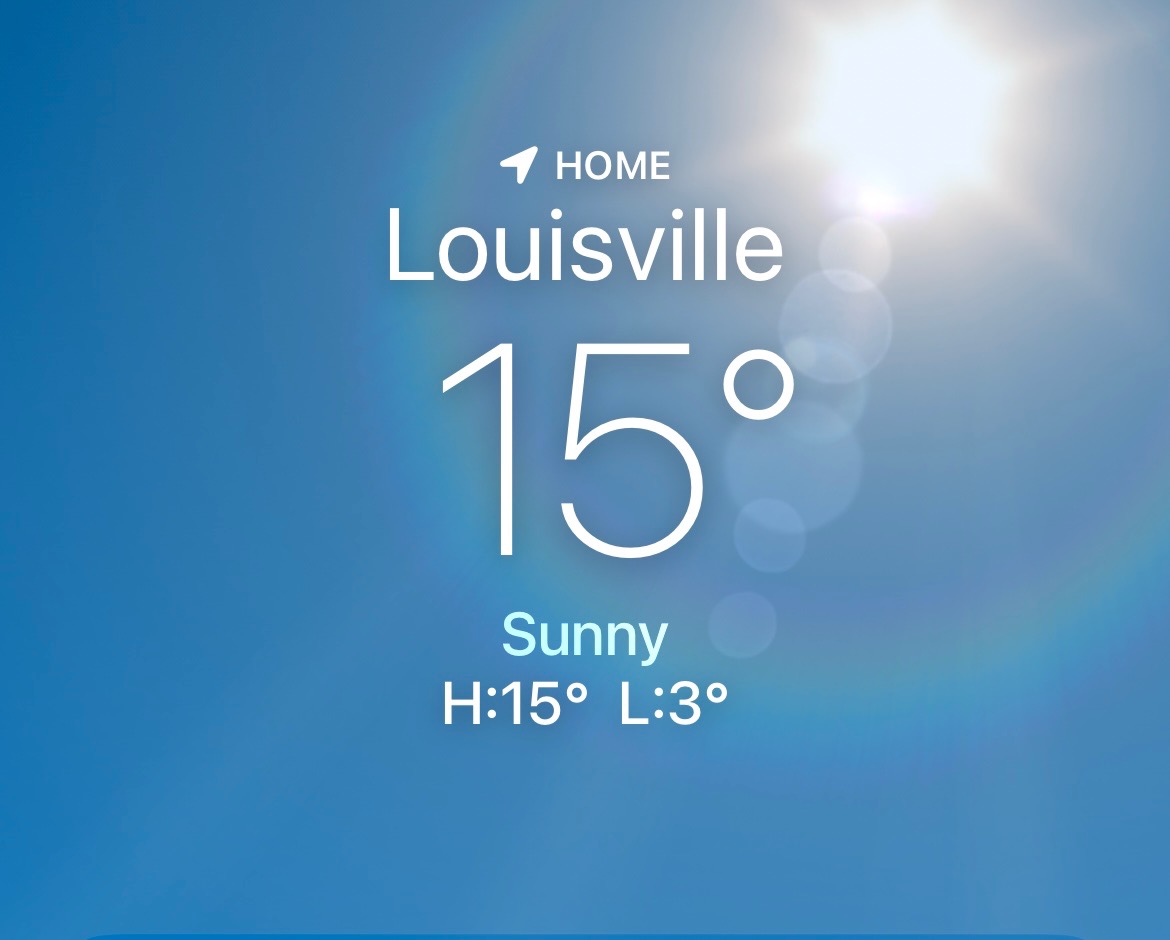Protecting Your Home During Freezing Temperatures: Comprehensive Guide to Prevent Frozen Pipes
As freezing temperatures continue, protecting your home and plumbing is critical to avoid costly repairs and inconvenience. Frozen pipes can burst, causing significant water damage, but with the right precautions, you can minimize the risks. Here’s a complete guide on how to prevent frozen pipes, what to do if your pipes freeze, and what to avoid.
How to Prevent Frozen Pipes
1. Keep Faucets Dripping
- Allow a steady drip of water from all faucets, including both hot and cold water. Moving water is less likely to freeze, reducing the risk of pipe damage.
2. Insulate Pipes
- Wrap exposed pipes in insulation foam or heat tape, especially those in unheated areas like basements, crawl spaces, attics, or garages.
- Use pipe sleeves, heat cables, or even newspaper as temporary insulation for pipes in areas prone to freezing.
3. Maintain Adequate Heating
- Keep your thermostat set to 68°–75°F, even when you’re not home.
- Close windows and doors to prevent drafts and cold air from entering. Seal cracks or gaps around doors and windows where pipes are located.
4. Open Cabinets Near Plumbing
- Open cabinets under sinks or near exposed plumbing to allow warm air to circulate around pipes. This is particularly important for sinks on exterior walls.
5. Close Garage Doors
- Keep garage doors closed, especially if water supply lines are located in or near the garage.
6. Add Heat to Vulnerable Areas
- Use a space heater in areas with vulnerable pipes, such as basements or crawl spaces. Be sure to follow safety guidelines and never leave heaters unattended.
7. Seal Exterior Openings
- Check for openings or cracks near the foundation, vents, or exterior walls where cold air can enter. Seal these gaps with caulk or insulation to protect pipes.
8. Disconnect Hoses and Winterize Outdoor Faucets
- Disconnect garden hoses from outdoor spigots and drain any water remaining in the hose. Cover outdoor faucets with an insulated faucet cover.
9. Allow Heat to Flow to Unheated Areas
- If pipes run through unheated spaces, consider extending heat ducts or installing a small heater in those areas.
10. Plan Ahead for Extended Trips
- If you’re leaving town, set your thermostat to at least 68°F and have a friend or neighbor check on your property periodically. Consider shutting off the water supply to your home and draining the system if you’ll be gone for an extended period.
What to Do If Your Pipes Freeze
If you suspect a pipe has frozen, follow these steps:
- Keep Faucets Open:
- Turn on the faucet to allow water to flow. As the pipe thaws, running water will help melt the ice.
- Use Gentle Heat:
- Place a heater 2–5 feet from the frozen section of the pipe or use a hairdryer to gradually warm it.
- Do not leave heaters or hairdryers unattended.
- Start from the Faucet:
- Begin warming the pipe closest to the faucet and work your way toward the frozen section.
- Monitor for Leaks:
- Once the pipe thaws, check for any cracks or leaks. If you spot damage, turn off the water supply and call a professional.
What Not to Do
1. Don’t Leave the House with Faucets Dripping
- If pipes freeze while water is running, the pressure from expanding ice could cause the pipes to burst.
2. Don’t Leave Heaters Unattended
- Space heaters can be effective for warming pipes but should never be left on unattended due to fire risks.
3. Avoid Using High-Heat Tools
- Never use a heat gun or blowtorch to thaw pipes. These tools can cause damage to the pipes or create a fire hazard.
Important Reminders
Cold Weather Advisory
We are currently under a cold weather advisory until 1 PM today, with temperatures expected to remain below 20°F until Wednesday. This advisory may be extended, so remain vigilant and follow the precautions outlined above.
Plan for the Next 72 Hours
With temperatures expected to drop as low as 2°F tomorrow, follow these guidelines to protect your home until the cold spell passes.
Frozen pipes are an inconvenience, but with proactive steps and preparedness, you can protect your home and avoid extensive damage. Please stay safe, stay warm, and don’t hesitate to reach out with any questions or concerns.


